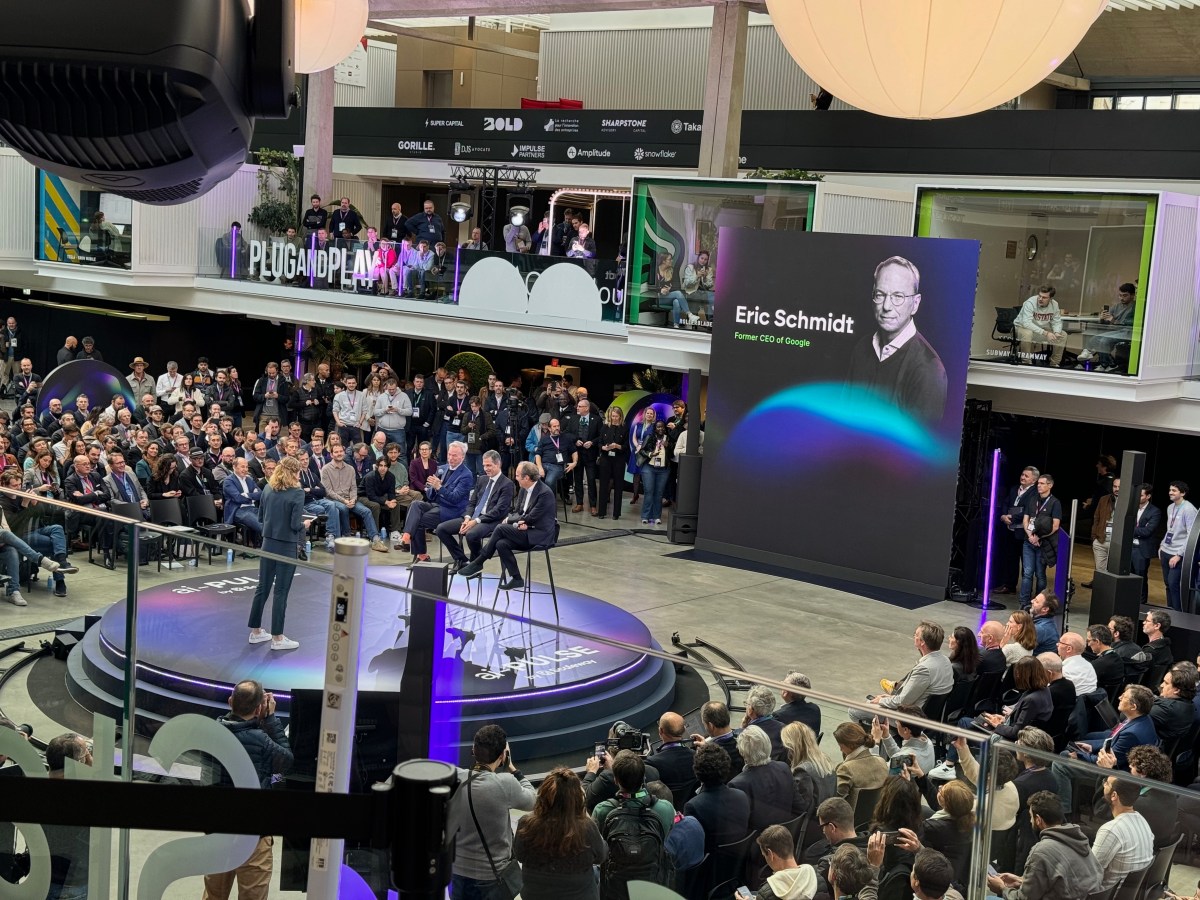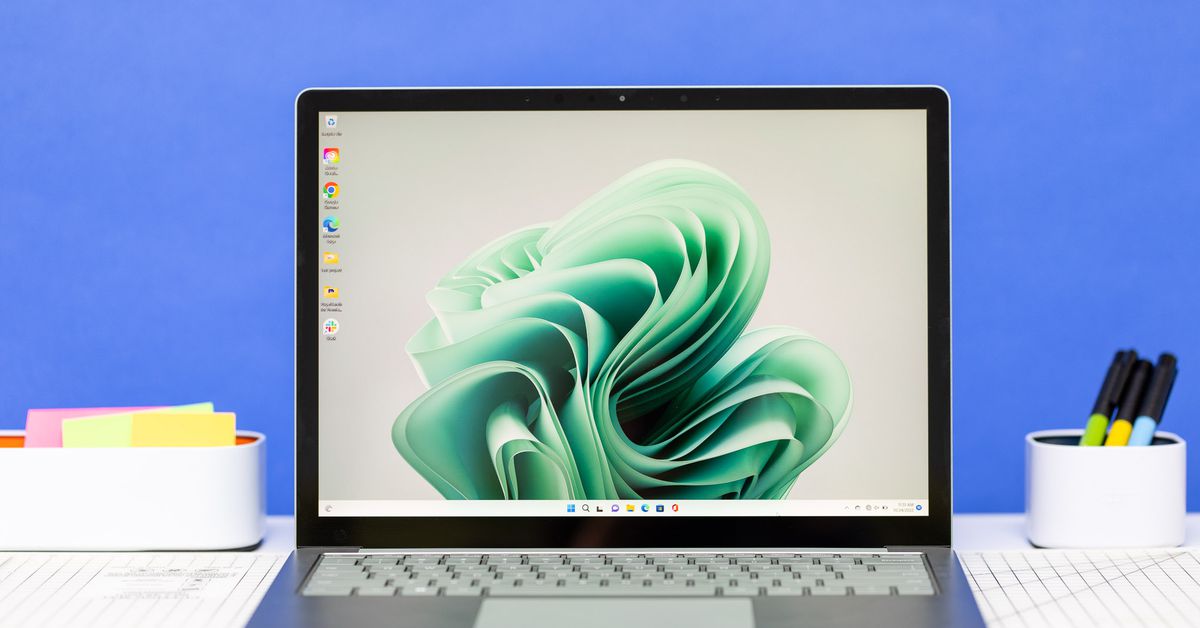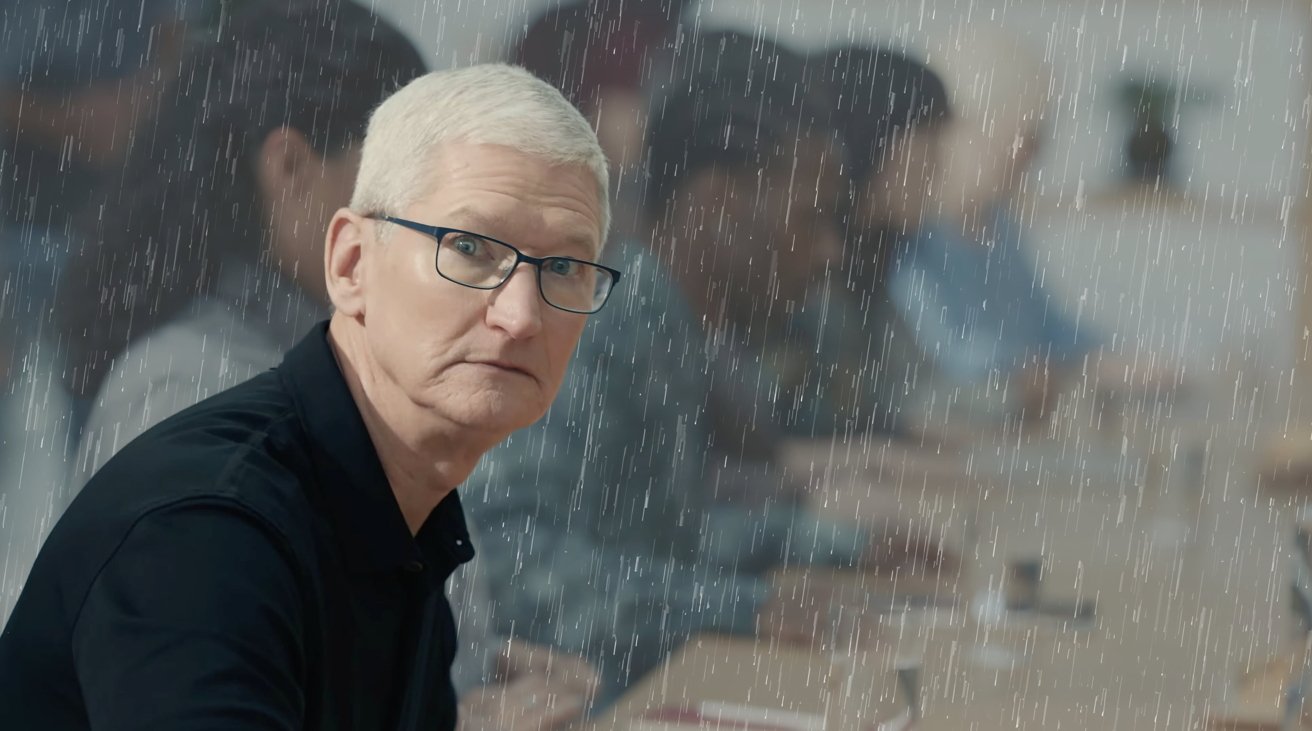- 21 Posts
- 125 Comments

 4·7 months ago
4·7 months agoIt is, but only if you go on the main website, and not the android sub category https://addons.mozilla.org/fr/firefox/addon/cookie-autodelete/

 9·7 months ago
9·7 months agoConsent-O-Matic (has to be downloaded from the main website, and not the android sub category)
And what you wish to have other than that depends on your needs.
I myself have an extension to unlock Bing AI on Firefox android.
Google Search Fixer (for when I need a Google service)
TWP - Translate Web Pages
And more.

 1·7 months ago
1·7 months agoAmd and nvidia both claim to check that displays support the required features to apply the logo.
However as Monitor Unboxed (Hardware Unboxed second channel) said, there is plenty of trash monitors, freesync or gsync.
Video? Is it my app or did you share the wrong link?

 27·7 months ago
27·7 months agoIt’s something else. Here it’s US antitrust monopoly.
Google made deals with games and special contracts with other apps in order to kill competition.

 132·7 months ago
132·7 months agoNah, the game is utter trash not the bugs. Let’s look at 3 games very hyped :
-
Redfall : game had game breaking bugs and performance issues at launch. Gameplay was bad. No one played it.
-
Gollum : game had game breaking bugs and performance issues at launch. Gameplay was destroyed due to bugs. The studio closed their gaming branch.
-
Starfield : very hiped, bought by a lot of people, the game looks like 2010-15 game with some little 2023 enhancements…
Redfall and Gollum were failures. High budget failures. They most likely layed off people.
Starfield : Microsoft layed off people at the start of the year https://www.polygon.com/23561210/microsoft-layoffs-xbox-bethesda-halo-infinite-343-industries for who knows why. The game got delayed, and then it gets out very mixed due to bad exploration gameplay and no love put into population design (population characters look like 2010 or even worse).
All of these 3 games have been very hyped, with a high price, but none of their failure have anything to do with gamers “fault” and “opinion”. It’s all on the studios fault on not delivering something good.
-
The issue is that even the same brand can have multiple USB fingerprint scanners, which may not all work.
From a 4y old reddit thread some person found a fingerprint scanner which worked, but some other person who had a similar one didn’t get it ot work.
https://www.reddit.com/r/linux/comments/gc8a2e/i_finally_found_a_cheap_usb_fingerprint_reader/
Drms need to be installed and enabled on the browser. Drms like widevine and others.
If the drms aren’t enabled and installed on the browser, and able to communicate to the service it’s “safe”, spoofing the user agent won’t do anything.

 5·7 months ago
5·7 months agoHmm, from the average and some reviews here and there, it’s sad the game is just mixed.
It’s the first to get out with fsr 3 frame gen working mostly well. Fsr upscalling working mostly well, which is very unexpected due to a lot of foliage.
Tho the ui protection to frame gen was implemented in a very shitty way (just a box without frame gen arrount it…).

 2·7 months ago
2·7 months agoI have no experience for this matter, nor a lot of Linux either, but there seem to be some interesting choices here (there isn’t best and worst, it’s just a list, and the most adapted to what you need).
https://itsfoss.com/32-bit-linux-distributions/
Obviously the minimum system requirements should not be your max amount of ram. You need to account for apps or tools you’ll run.

 4·7 months ago
4·7 months agoIt’s amd’s side of Nvidia’s gsync, but with a different way of working.
Both do about the same thing : match the monitor hz to the fps, in a range of minimum and maximum hz.
So if your game is doing 103fps and monitor can do 40-144hz. The monitor will match 103hz.
It reduces tearing and can maybe reduce the perception of lag. It doesn’t remove it. If you have frame drops you will still see them.
For the ur way of working :
-Gsync uses a physical chip in the monitor to do what it has to do. In addition of beeing a paid technology, it adds to the cost, and nvidia also does a quality control check on the monitors, which also increases costs. Gsync can only be used with nvidia gpus.
- Freesync on the other hand is free (no royalties). Not sure if amd does a quality control or spec control, but they introduced some years ago freesync ranks. Where to get a higher rank of freesync the monitor has to larch or do better than some specs (https://community.amd.com/t5/gaming/introducing-amd-freesync-premium-and-amd-freesync-premium-pro/ba-p/414261). It can be used on nvidia (still called gsync in the driver) or amd gpus.
There are some limitations with these tho, they can only be used with display port 1.4+(or 1.2+, i don’t remember) or hdmi 2.1+ because of variable refresh rate support. Except for amd gpus and freesync. Amd gpus support freesync with older hdmi versions.

 8·7 months ago
8·7 months agoI don’t understand some things in the water consumption.
Why do they need to humidify the air for the datacenter?
Why is there water consumption for cooling? Aren’t they recirculating water used for watercooling? Or are they using f*ing tap water then throwing it out?
Water for electricity production, kinda, yes. Could be indirectly attributed to their water consumption as they are using the electricity produced by the sources using water.
This meme looks ai generated.
Scam/wish text is back and some elements looks off in the picture (hand, eyes teeth…).

 2·7 months ago
2·7 months agoUnreal engine is pretty bad for open maps. It generates a lot of cpu usage when changing zones. And heavy textures and other heavy elements don’t enhance the experience.
The vram, I’m not sure what your questions is about.
The vram is special ram (much higher bandwidth, but slightly higher latency than cpu ram, also supports special extra things) included on the board of the graphics card.
It is necessary because it stores textures and others game elements the graphics card needs to operate the game (shadow info,…). The elements are loaded into vram, from the very slow (in comparison) drive (even nvme 5.0 ssds are extra slow compared to vram or ram) to allow the gpu to process whatever it has to do. Background tasks, windows, the desktop… Also use vram to be able to have the app windows and desktop displayed, so the total available for the game can vary.
If there isn’t enough vram, there can be multiple things happening (I’m talking about textures but vram includes others things too) :
-
Resizable bar ( or SAM on amd) is not enabled : the gpu will not be able to load all the textures, so it would either have missing textures, or lag a lot due to texture swapping. The textures can also take a lot of time to load instead of completely missing depending on the game optimisation, due to swapping with previous textures. The game can even crash.
-
Resizable bar is enabled : it is possible with this pci-e configuration for the gpu to access system memory. So in some cases, textures may spill into system memory (cpu ram), which isn’t great either, because system memory has a way higher latency to the gpu (it has to go through the cpu, pci-e slot…), and way lower bandwidth. And so generates lots of lag.
If a game is well optimized, the lower the settings are the lower vram usage there is. Some games however did not have such great optimisation. Vram usage mostly depends on the texture quality and resolution. (increasing the texture quality will use a very few/negligible amount of extra gpu power, but increase the vram usage).
There is also a baseline the devs may put for optimisation. The less vram there is, the less the textures can have data available to use. So the more compromises have to be done, with less and less quality. So fixing a baseline quality depending on the current most used vram capacity is not that bad. Tho it does have issues for people having less available.
-

 9·7 months ago
9·7 months agoBruh wtf did my keyboard write. Fixed to new.

 9·7 months ago
9·7 months agoA big issue with recent games is Vram usage (the gpu has vram). If you don’t have enough vram the game will stutter. At the moment where there isn’t enough vram, even a tiny bit not enough, the game will stutter.
Another issue is also ram and cpu utilisation which in some games is pretty extreme.
Othrt issue can be very heavy graphics and badly optimized lower settings.
Some games also have transition stutter, where you change zone. It will try to load the new zone and unload the precedent one. But it uses cpu power and requires a fast ssd depending on the size of what has to be loaded.

 8·7 months ago
8·7 months agoAnother article, much better and presents in more detail that Olvid was audited on an older version and chosen because it was French and they applied for it (French) https://www.numerama.com/tech/1575168-pourquoi-les-ministres-vont-devoir-renoncer-a-whatsapp-signal-et-telegram.html

 31·7 months ago
31·7 months agoWell let’s give some counter examples in the softwares I mentioned :
-
WhatsApp closed : Owned by Facebook. Well Facebook had multiple data leaks, privacy violations and nothing substantial was done about it. Definitely not trustable (also zero days are getting sold on the black market for WhatsApp (https://techcrunch.com/2023/10/05/zero-days-for-hacking-whatsapp-are-now-worth-millions-of-dollars/ ).
-
Telegram closed : not end to end encrypted. Russian app. Not trustable.
-
Signal open : well this one is e to e encrypted. Open source, maybe could be trusted. Seems to have passed some security audits (https://community.signalusers.org/t/overview-of-third-party-security-audits/13243), tho it’s based in the US and uses servers, maybe the US may have super computers capable of decrypting such communications. However is signal has switched their encryption to quantum computer resistance it may be too hard even for a state actor. However they also “debunked”/ignored zero-day reports which were not reported through their own tool, and by asking the US for confirmation. I am not sure if the US can be trusted to give confirmation about the existance or not of vulnerabilities when they are very likely to use them (https://thehackernews.com/2023/10/signal-debunks-zero-day-vulnerability.html?m=1).
-
Olvid open (servers closed) : is French, e to e, and backed up by an encryption PhD. And why not use a local messaging app witch also is very secure and open source.
Notice how closed source is untrusted here. The economic activity of the tool changes how trustable it is. Military équipement has a huge and strict budget, it has to be secure.
Communication apps are user first. So they do what they can get away with, and that is very true for Facebook.
-

 31·7 months ago
31·7 months agoThat is an European proposition, and not French at all. France can stand for or against that.















I finished Laika : Aged through blood. An indie metroidvania / 2d bike shooter / bullet time.
And i can say that it is, damn amazing!
It’s the story of a mother in a post-apocalyptic environment having to care for her daughter and village while doing the war outside.
Everything, art, music, is a masterpiece. The music is just extremely good.
Outside of special zones, there are 20 you have to find, and it cycles between them. All 20 are voice, with words or humming.
The story is good, and is extremely anti-war.
The gameplay feels amazing. It can be hard at first, but I quickly learned how to control the bike and and to do backflips and frontflips at the right time to reload guns and the pary.
The main character laika is one-shot, but the game isn’t very punishing. The respawn points aren’t too far away from each other, and they are optional. When you die, you loose a pouch with the currency, and can get it back.
There are some little issues with the game tho. It doesn’t tell that combo rewards more currency from enemies (it’s a timed combo, sho shooting will either increase or refresh the combo, and shooting flying bodies increases the combo up to 2 more times). The ending seems to also be a bit rushed. The ending boss isn’t that difficult, and there were some cuts it seems.
But overall these little issues aren’t that bad, and the game is still amazing.